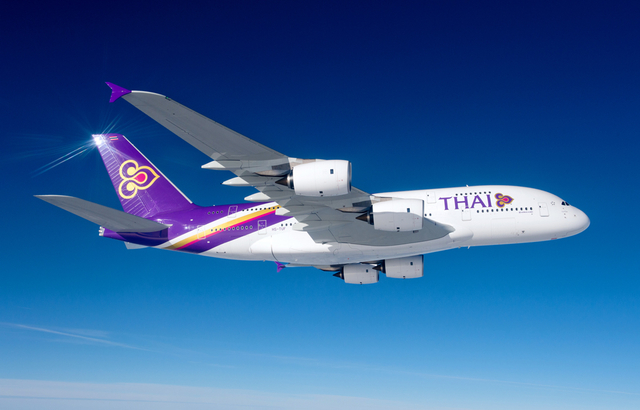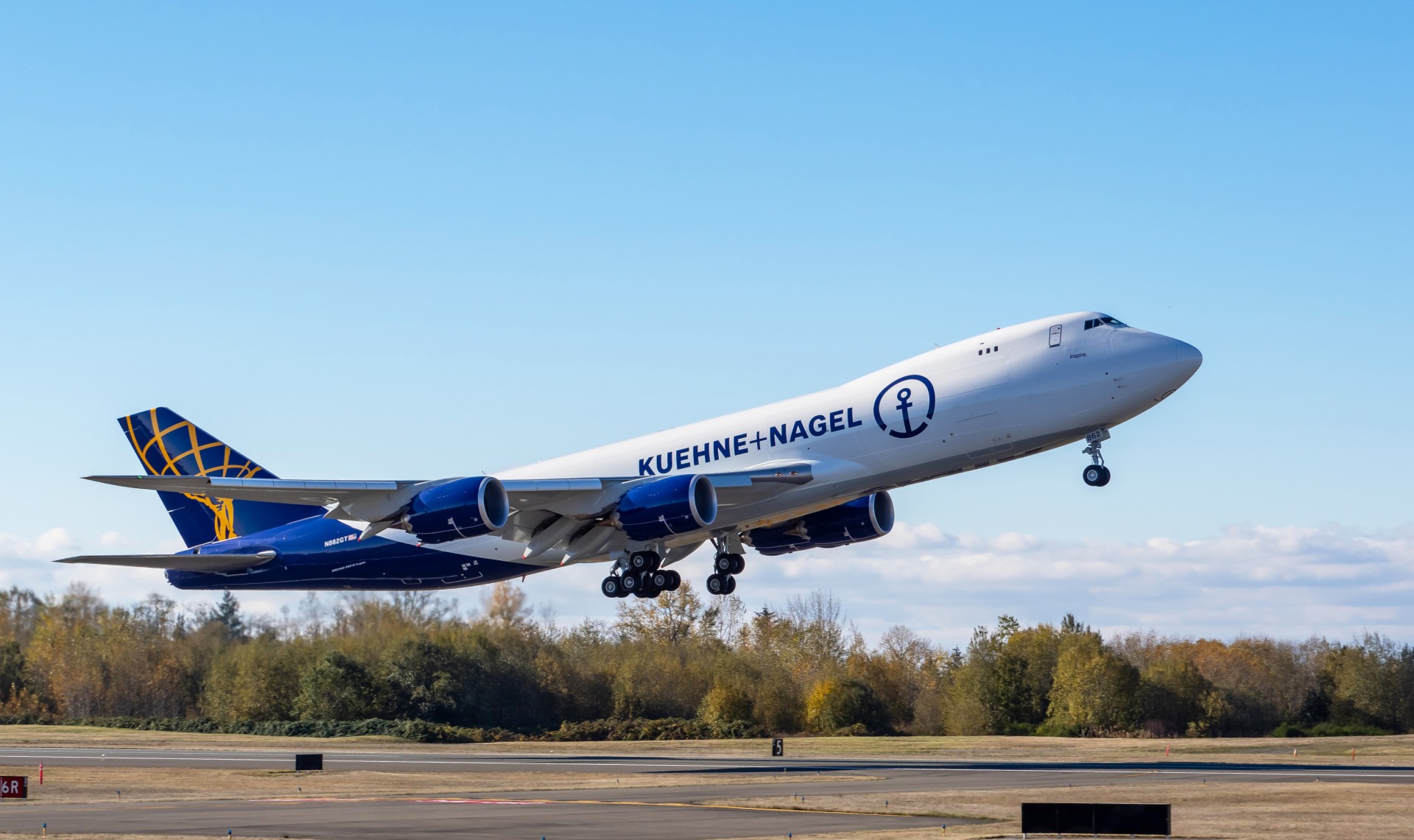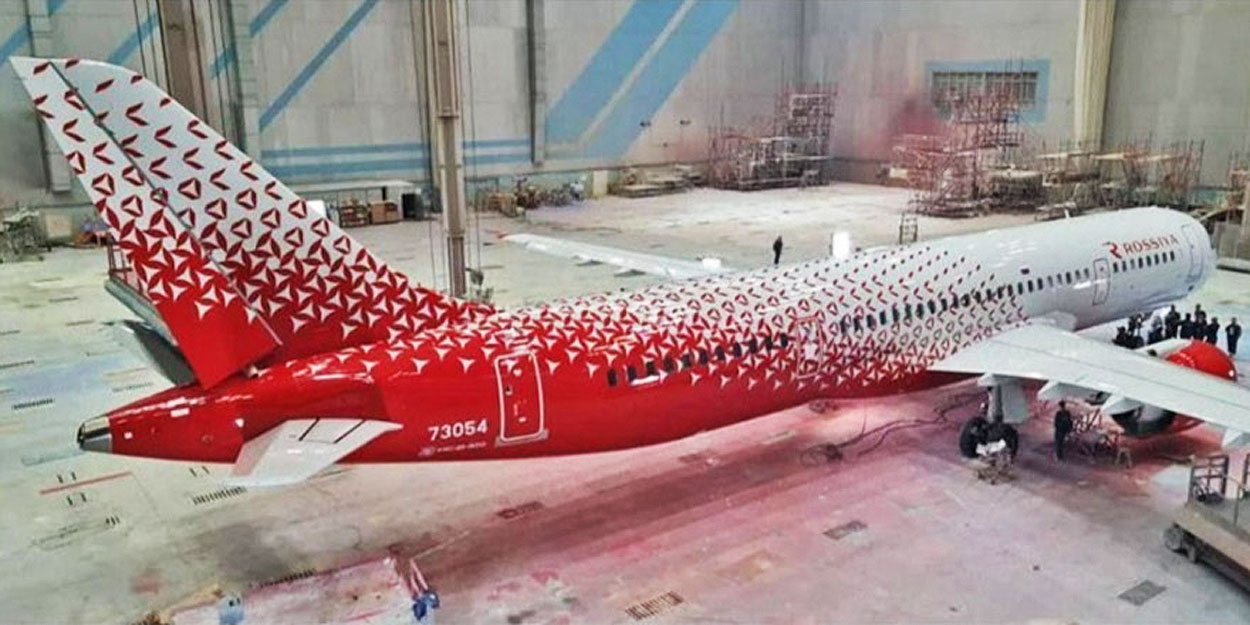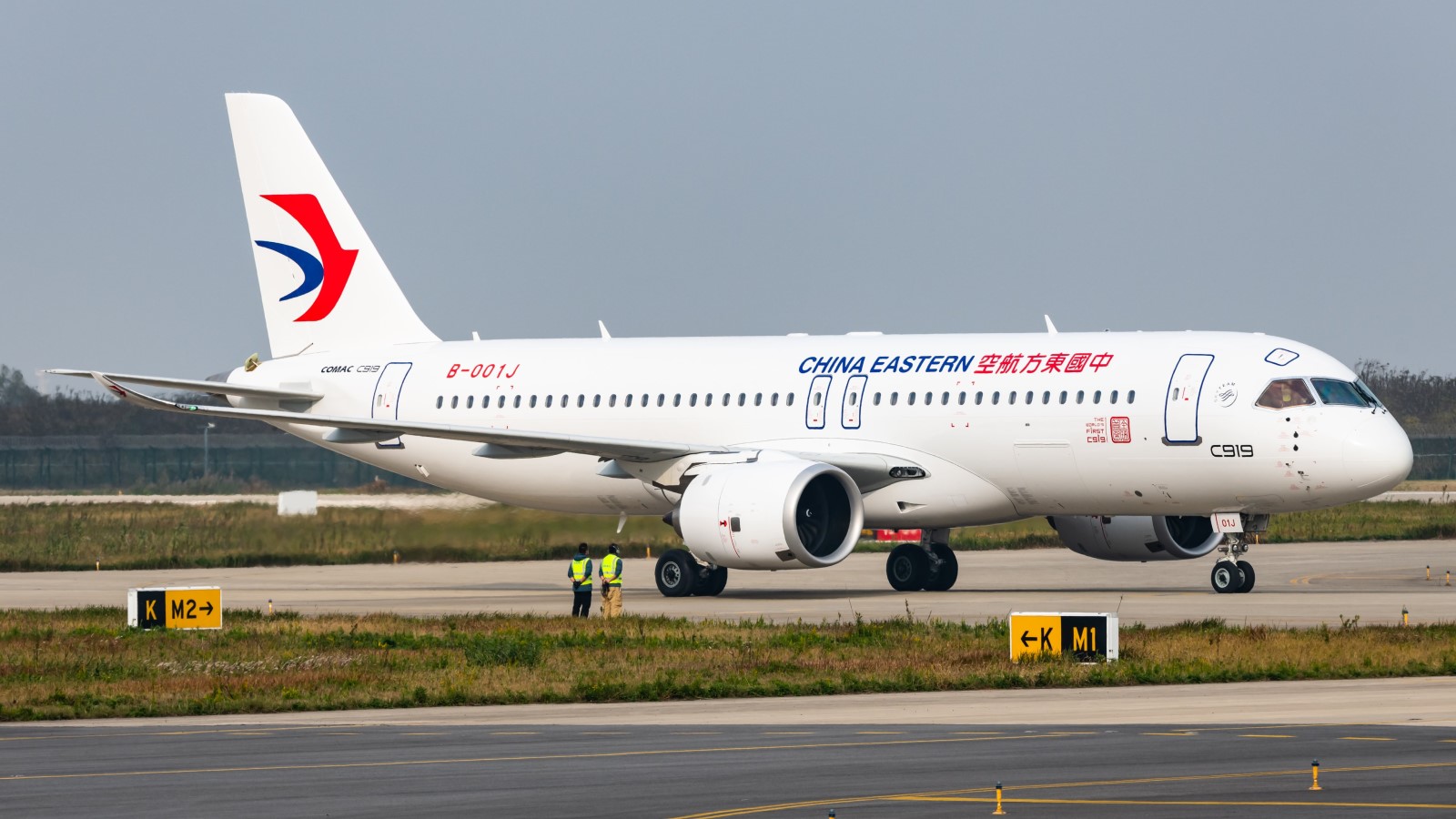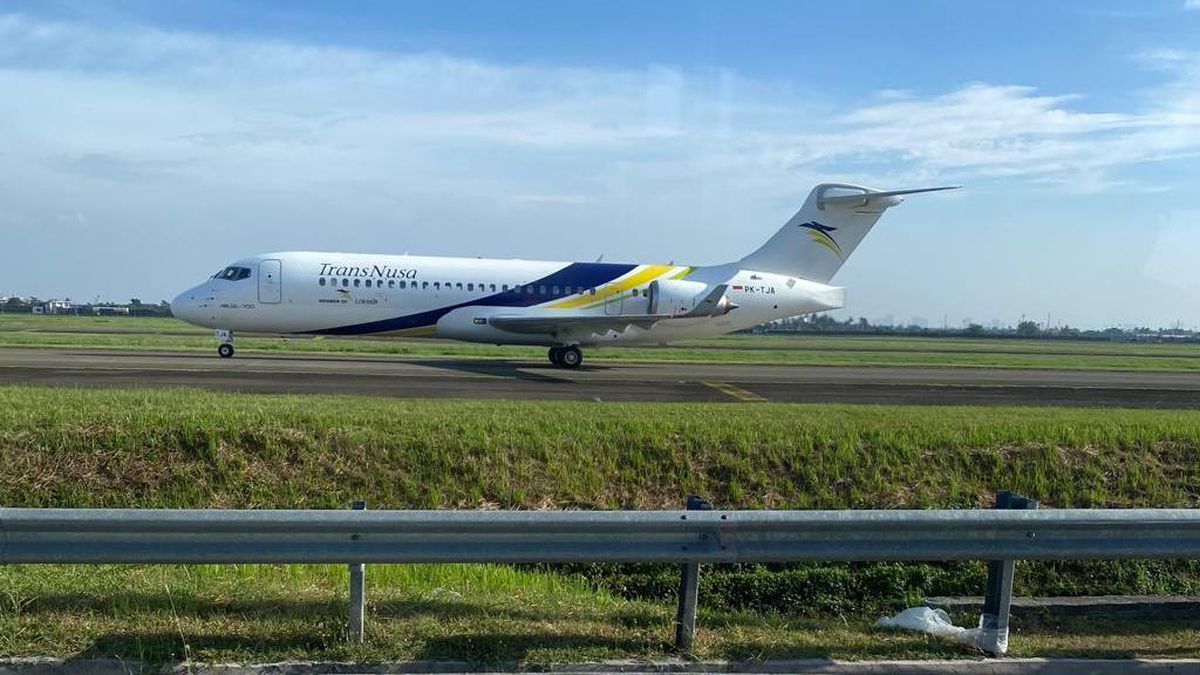John Fedup
The Bunker Group
Well an electric aircraft managed a 9 minute flight at 3500 feet. Clearly a work in progress but it is a start. Too bad LM never delivered on their compact fusion reactor. Really can’t see battery technology being the solution, maybe hydrogen fuel cells, but hydrogen gas its issues as well.
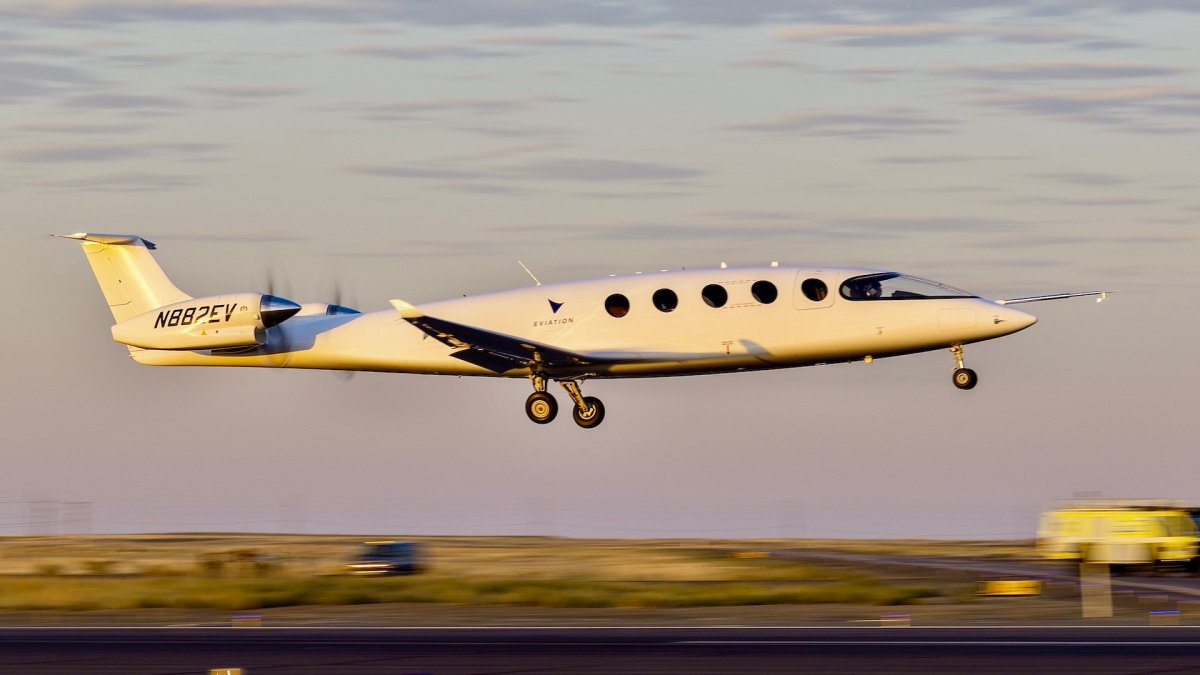
 www.thedrive.com
www.thedrive.com

Electric Commuter Aircraft 'Alice' Has Flown For The First Time
After months of delays, Alice's first flight could be a major step toward future electric-powered air travel.


/cloudfront-us-east-2.images.arcpublishing.com/reuters/YYXY5RBZX5FJ5C5AFFJCKNEB7U.JPG)
